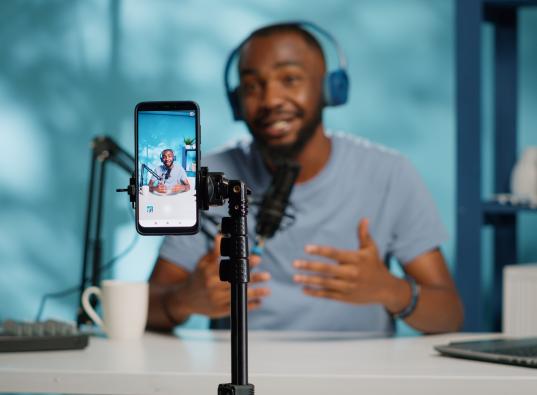Google recently started an experiment to provide users of its Maps app with more intuitive directions to their destination. And it’s got conspiracy theorists wagging their tongues about the search giant’s monetisation motives.
Instead of being given a street name to turn into or a compass direction in which to head, the app has begun to use businesses and landmarks as reference points.
While some commentators are praising Google for providing a product that feels more human, almost all of the locations it’s currently using are restaurants (users in the US are now being told to hang a right at Maccy Ds).
Monetising burgers
That’s prompted speculation that this is the next evolution of the search giant’s monetisation strategy. After all, its mapping software will allow it to see which drivers stopped off to buy a Big Mac, so it would make sense for it to charge businesses to trumpet them as a landmark or to take a cut of their takings.
Google’s been reporting record revenues from ad sales (some US$35bn in 2017), but it’s under pressure. On many fronts.
Last year, the European Union (EU) slapped it with a US$2.7bn fine for giving its own shopping services preferential treatment over those of other advertisers. Then P&G started to slash spend on YouTube and Google Display Network, complaining that too many of its ads were being viewed by bots rather than their intended human audience. More recently, there’s been concern that the rapid adoption of voice search will eat into revenue as it won’t be able to flight as many (and in some instances, any) ads.
Couple that to the upsurge in adblocker installs, then throw in Amazon’s domination of the online product search category — twice as many people use the Seattle retailer’s website (when looking for their next gizmo) as use Google — and you have something of a doomsday scenario for the search behemoth.
Google’s doomsday
While this hasn’t yet impacted Alphabet’s share price, which has risen by around 30% in the last year, some commentators, including Forrester, believe that the traditional digital advertising model is fundamentally broken.
Indeed, in a paper published last year, Forrester analyst James, McQuivey, calls the end of advertising as we know it and predicts that US$2.9bn will be shifted away from digital media this year. While that may only be a small chunk of the US$100bn or so that Google and Facebook took from advertisers in 2017, McQuivey believes the trend will escalate because consumers have become frustrated with the interruption-based advertising that typifies so many of our online experiences.
Stop with the interruption
He posits that interruption only works if consumers spend time doing interruptible things on interruption-friendly devices. But new technology, such as voice search and artificial intelligence (AI), means we’re increasingly able to locate information without being bombarded by advertiser messaging. That’s set the industry thinking about new ways of putting product in front of audiences — much in the same way that ambient advertising saw a boom in the 1980s, when agencies started to brand everything from urinal mats to taxis.
Accenture’s taking a big punt on product placement and has spent the last year developing a programmatic engine that’ll allow brands to drop logos and branded products into entertainment shows in real-time.
And while I might be totally off track in my theory that Google’s intends to charge KFC every time someone drives past the Colonel, it certainly presents it with an interesting monetisation opportunity.
*This article originally appeared on MarkLives.com.
Need Assistance with Digital Strategy?
Rogerwilco’s team of strategists, business analysts and data scientists is here to help.





